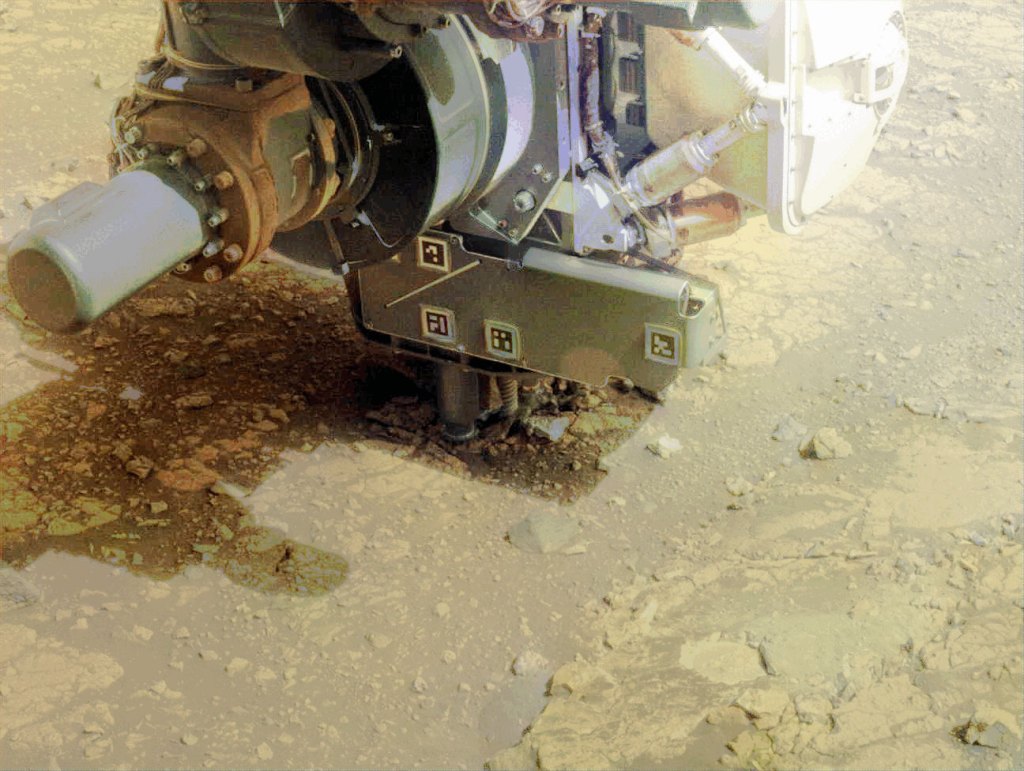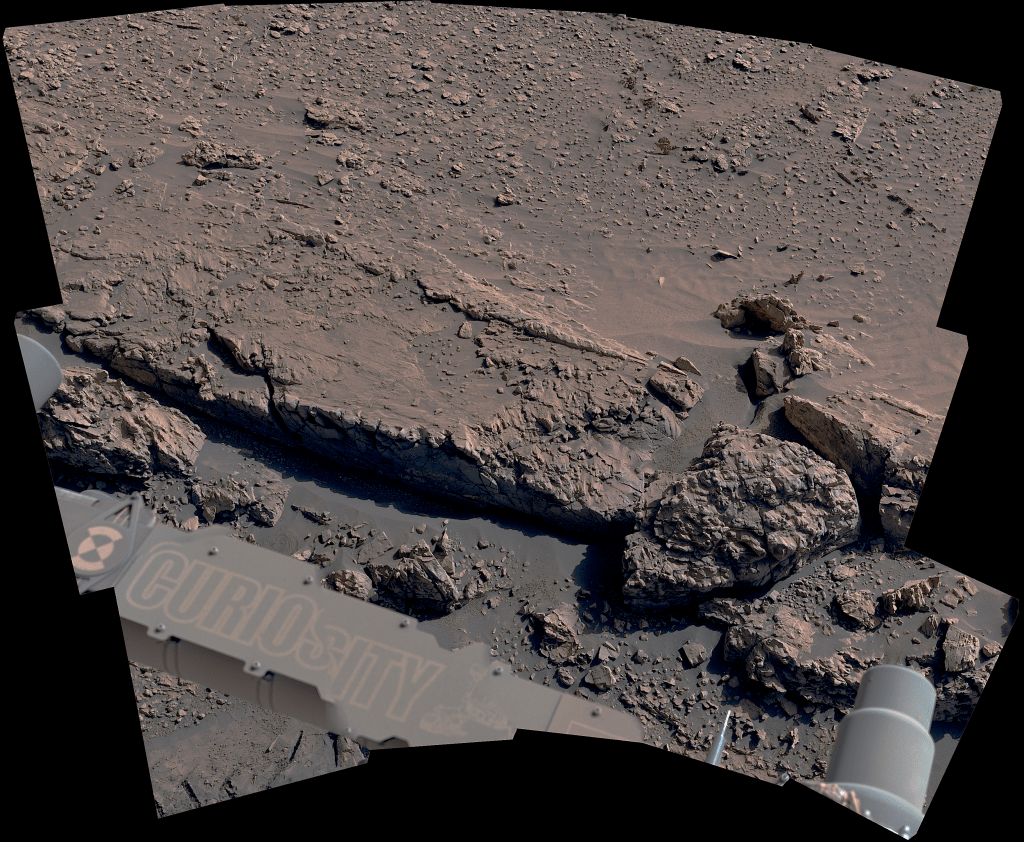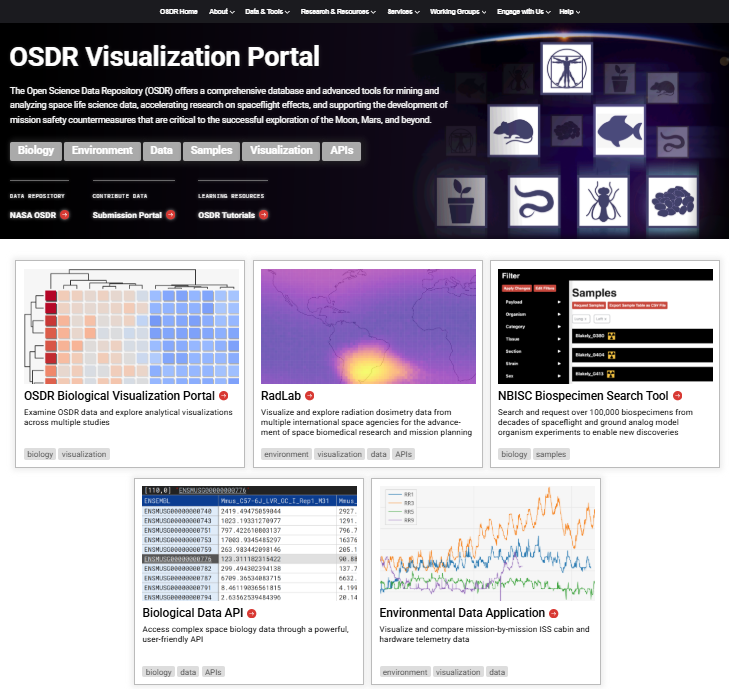Teams of university students from across the country ‘drilled’ into technology challenges that NASA needs to solve before establishing a sustained human presence on the Moon as part of the agency’s Artemis program. Similar solutions could eventually be used on Mars.
Since 2017, NASA has engaged students in exploring ways to harvest water from existing resources off Earth through its Revolutionary Aerospace Systems Concepts – Academic Linkage Special Edition (RASC-AL): Mars Ice Challenge. As if designing, building and testing a system to extract water from Mars wasn’t difficult enough, the 2019 competition challenged teams to consider another difficult destination – the Moon.
“Expanding this year’s tasks aligns with the agency’s charge to send astronauts to the Moon by 2024 and continues to catalyze NASA’s advancements in human space exploration,” said NASA Chief Technologist Douglas Terrier. “As current and future missions to the Moon evolve, low-cost, effective and innovative in-situ resource utilization capabilities becomes increasingly more vital to their success.”
The new RASC-AL Moon to Mars Ice and Prospecting Challenge provided students with an opportunity to demonstrate their innovative technologies to extract water and perform prospecting maneuvers on simulated slices of extraterrestrial surfaces.
Taking home first place was the team from West Virginia University for their MIDAS: Mountaineer Ice Drilling Automated System.
“We’re definitely excited. We’ve been participating for years and the hosts and the judges have been so helpful in trying to make us all successful so we want to thank them,” said the team’s advisor, Dr. Powsiri Klinkachorn. “We’re delighted to have been successful this year and our students learned a lot.”
Stevens Institute of Technology received second place and Massachusetts Institute of Technology received honorable mention. Recognition in the following areas also went to:
- Clearest water: Stevens Institute of Technology
- Most water collected: West Virginia University
- Best technical paper: Massachusetts Institute of Technology and Northeastern University
- Lightest System Mass: Carnegie Mellon University
- Digital Core: Stevens Institute of Technology
From June 4-6, the research aircraft hangar at NASA’s Langley Research Center in Hampton, Virginia, served as a proving ground for these university-developed technologies. Competition testbeds comprised of multiple layers of solid ice and material that replicates what’s expected beneath the surface of the Moon and Mars.
Teams mounted their technology prototypes onto individual test stations comprised of 4-foot tall commercial fishing coolers filled with 450-pound ice blocks, 200-pounds of aerated concrete, 90-pounds of limestone, and 350-pounds of pitcher’s mound clay/gravel mixture.
Over the course of nearly three days they competed to extract the most water while assessing subsurface density profiles. In addition to harvesting water, teams used drilling telemetry (penetration rate, depth and power) to deliver a digital core that represented their knowledge and understanding of where each layer was, the general hardness of each layer, and the thickness of each layer. These types of prospecting skills are helping inform the development of tools that will be used to harvest sub-surface water, hydrogen and other volatiles, for consumables and fuel off Earth.
U.S. industry recognizes the importance of technologies to collect and purify water on the surface as well as extract oxygen from the lunar soil. Honeybee Robotics, an industry sponsor of the challenge, has been developing space mining technologies for over two decades. Honeybee provides inputs during the formulation of the challenge guidelines and constraints each year, and annually contributes subject matter experts to serve as judges in the competition.
“This eye-opening challenge allows us to quickly assess which different excavation and extraction approaches will work and which will not.” said Kris Zacny, vice president and director of the exploration technology group for Honeybee Robotics. “Space exploration requires industry, government, and academia all working together on technologies and this competition does much more than just develop technology – it also grooms future space miners.”
Other industry partners include Aercon LLC and Beuchel Stone Corporation, Pancopia Inc., and Protolabs.
The 2019 RASC-AL Special Edition Moon to Mars Ice and Prospecting Challenge is sponsored by NASA’s Office of the Chief Technologist, Science Mission Directorate, Space Technology Mission Directorate and the Systems Analysis and Concepts Directorate at Langley, with support from the Human Exploration Operations Mission Directorate’s Advanced Explorations Systems.
View a photo gallery of the competition here:
To learn more about RASC-AL Special Edition: Moon to Mars Ice & Prospecting Challenge, visit:
http://specialedition.rascal.nianet.org
For more information about NASA’s Moon to Mars exploration plans, visit:
























